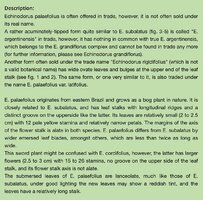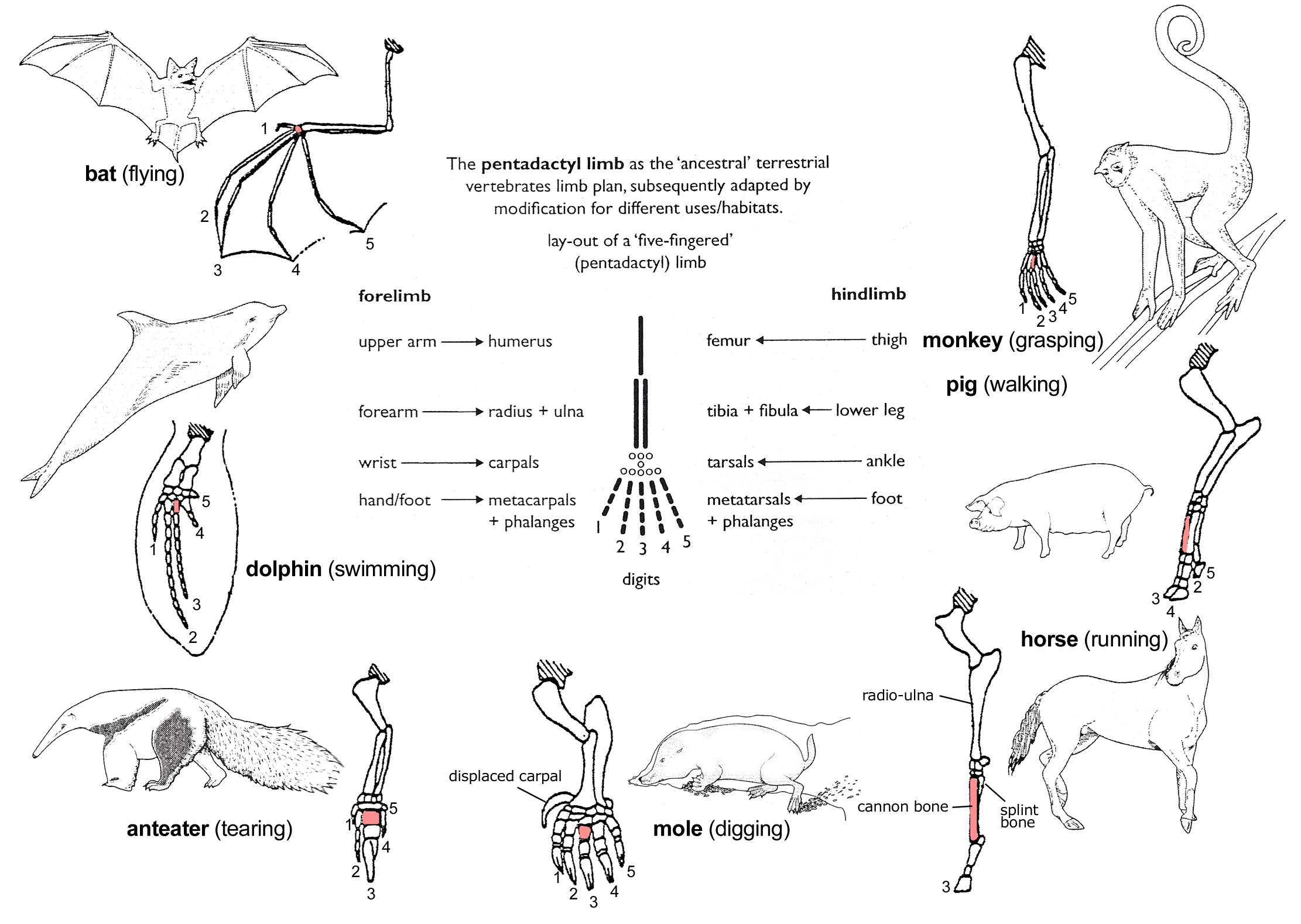Hi guys,
I’ve been collecting Echinodorus for a year now. And I’ve just recently realised that many my plants doesn’t match any scientific descriptions.
After I read a lot of post on Flowgrow and asking questions on Aqua planta facebook group. I’ve realised that there is some problems with how different nurseries and seller labels their plants especially Echinodorus and those in the Aroid family. Here are some of the example:
E. floribundus - sold as grandiflorus.
E. macrophyllus - probably not a real one since the appearance doesn’t match the one in Bonito.
E. muricatus - A plant with the synonym of E. floribundus, but isn’t.
E. palifolius - often sold with the name E. argentinensis/rigidifolius/rangeri which is a synonym of other plant.
Tropica’s E. cordifolius ‘Fluitans’ - is not a cordifolius, but related to E. longiscapus.
And there are hundreds more plants sold with the mislabeled name. It seems like they know what they’re doing especially with rare and expensive plants.
How do you feel about this and Is it something you guys have experienced before, if so which plants?
I’ve been collecting Echinodorus for a year now. And I’ve just recently realised that many my plants doesn’t match any scientific descriptions.
After I read a lot of post on Flowgrow and asking questions on Aqua planta facebook group. I’ve realised that there is some problems with how different nurseries and seller labels their plants especially Echinodorus and those in the Aroid family. Here are some of the example:
E. floribundus - sold as grandiflorus.
E. macrophyllus - probably not a real one since the appearance doesn’t match the one in Bonito.
E. muricatus - A plant with the synonym of E. floribundus, but isn’t.
E. palifolius - often sold with the name E. argentinensis/rigidifolius/rangeri which is a synonym of other plant.
Tropica’s E. cordifolius ‘Fluitans’ - is not a cordifolius, but related to E. longiscapus.
And there are hundreds more plants sold with the mislabeled name. It seems like they know what they’re doing especially with rare and expensive plants.
How do you feel about this and Is it something you guys have experienced before, if so which plants?




